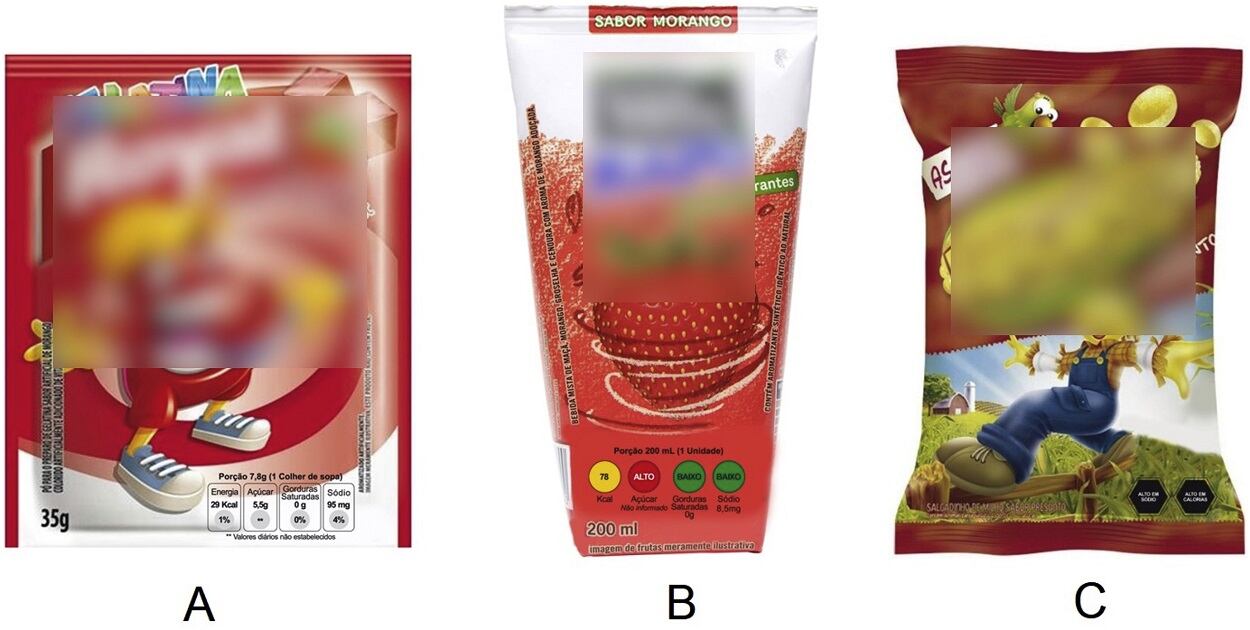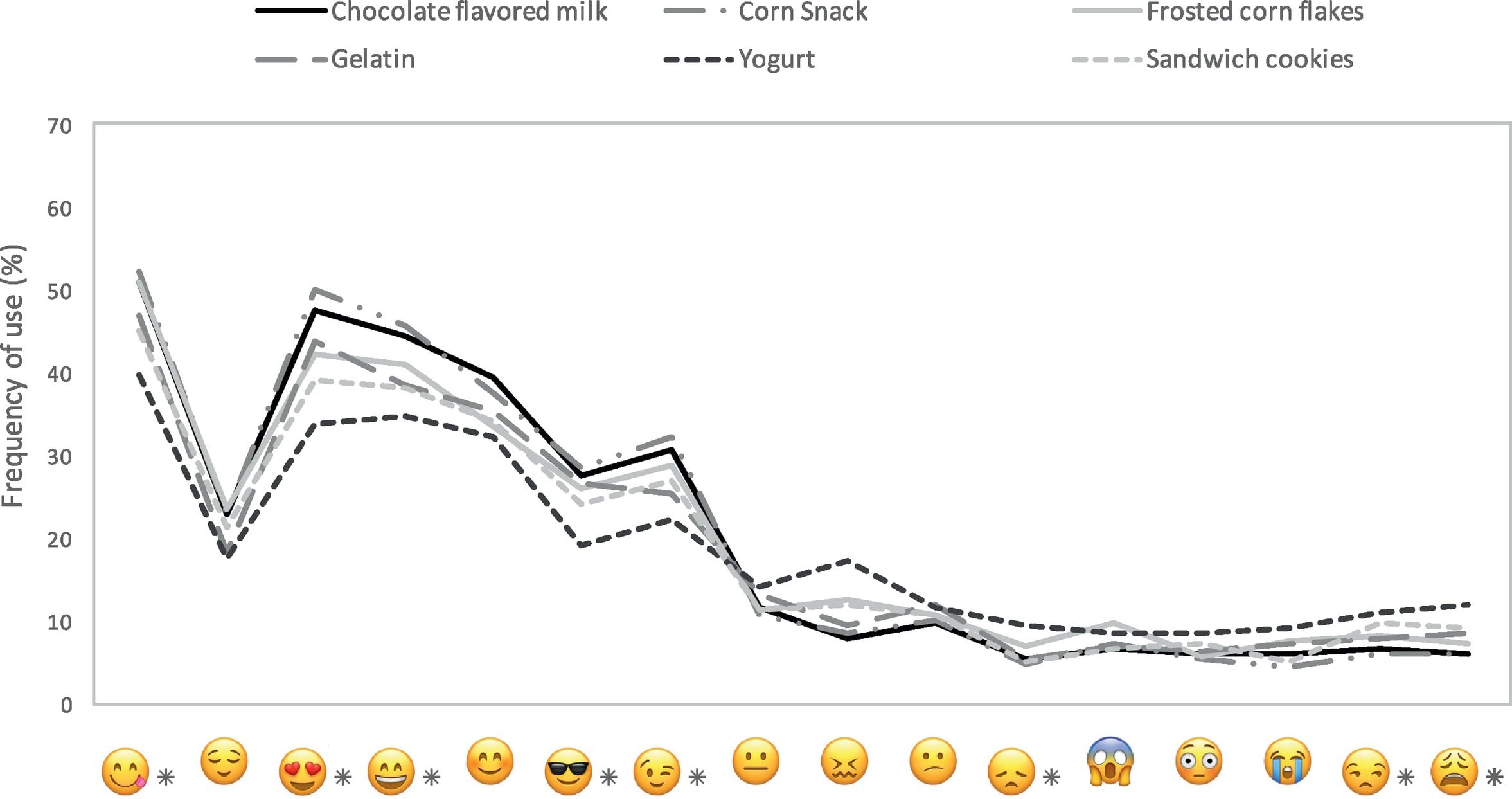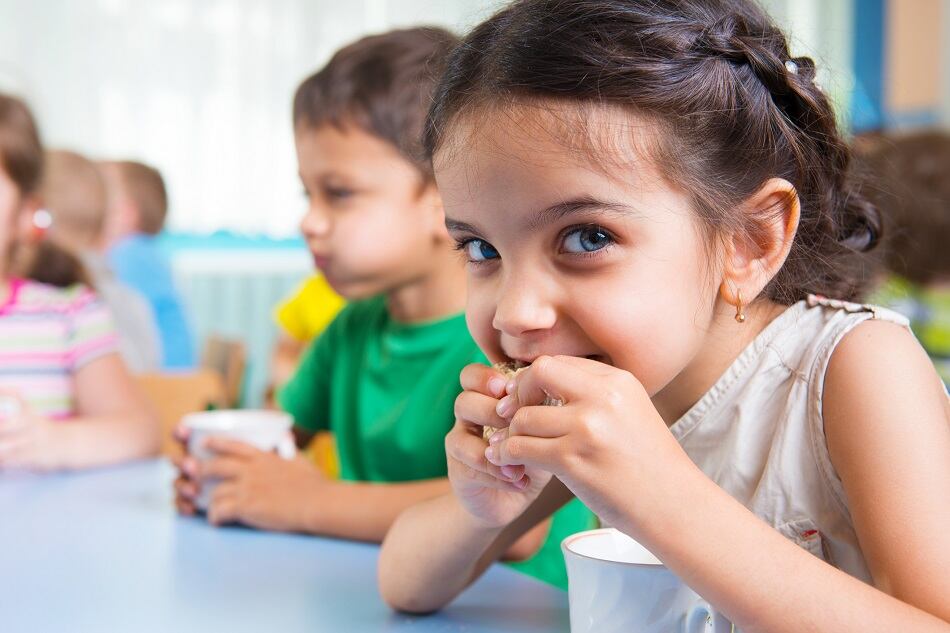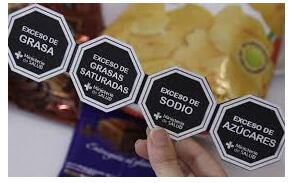The Brazilian Health Regulatory Agency (ANVISA) has been reviewing proposals for required front-of-pack nutrition labeling on food and beverage products sold in the country. The agency has two main proposals under review: a traffic light labeling system and a warning label similar to the Chilean model. Obesity rates have been on the rise in Brazil, underscoring a need for compulsory front of pack warning labels.
Rates of childhood obesity have increased worldwide and has increased dramatically among young adolescents in Brazil, a 2018 study noted.
The aim of the recent study was to compare children's emotional associations with food products featuring different front-of-pack (FOP) nutrition labeling designs.
"Food products targeted at children are usually marketed using persuasive elements aimed at creating positive hedonic and emotional associations. For this reason, changes in children's emotional associations with unhealthy food products can discourage their consumption," wrote researchers.
"Although several studies have investigated the effect of different FOP nutrition labeling schemes on consumer's perception and food choice, research on the impact of this public policy on children's perception is still limited."
Methods and procedure
With parental consent, a total of 492 children (6–12 years old) were randomly divided into three groups, each of which evaluated a series of packages featuring different FOP nutrition labeling schemes: guidelines daily amount (GDA), traffic light system (TLS), and nutritional warnings. For each of the six packages and three unpackaged products, children were asked to select all the emoji from a list that described how they would feel eating the product.

Six food products from well-recognized brands (chocolate flavored milk, sandwich cookies, frosted corn flakes, gelatin, yogurt, and corn snack) were chosen for the study based on their wide availability throughout Brazil and children's familiarity with them.

In addition, three un-packaged products were included (ice cream, banana, and broccoli) as control items to show the validity of the questionnaire for the six packaged products. These products were expected to elicit different emotional associations in children: ice-cream and banana were expected to be associated with positive emotions, whereas broccoli was expected to be associated with negative emotional associations.
All products were presented on a computer screen to children.
Results and conclusions
FOP nutrition labeling significantly influenced the frequency of use five of the 16 emoji, noted the study's authors.
Significant differences were observed for the three unpackaged products (banana, ice cream, and broccoli). Ice cream was mainly described using emojis associated with positive emotions, such as face savoring delicious food, face with heart shaped eyes, smiling face with open mouth and smiling face with smiling eyes. Banana was also described using positive emojis but the frequency of use of most of them was significantly lower compared to ice-cream. Conversely broccoli showed the lowest frequency of use of the emojis associated with positive emotions, and the highest frequency of use of those associated with negative emotions -confused face, weary face, crying face and disappointed face.
The frequency of use the emoji to describe the six packaged products varied from a 6.1% use of the disappointed face to 47.6% use of the delicious face emoji.
"As expected, emojis associated with positive emotions were the most frequently used," said researchers. "The emotional associations of the packaged products were similar to those from banana."

Age and the type of school attended bu children affected the types of emojis used, according to the study, with younger children using positive and negative emojis more frequently than older children. Children from public schools used the emoji associated with positive emotions more frequently than those from private schools, whereas the opposite trend was found for the emoji associated with neutral or negative emotions.
"Even though FOP nutrition labeling had a significant effect on the frequency of use of several emojis, differences were small," stated researchers who noted several contributing factors including children's lack of understanding or awareness of nutritional information.
"Children were not familiar with the FOP nutrition labeling schemes used in this study and, therefore, they could have missed them when evaluating the products or didn't understand it. In this sense, familiarity with FOP nutritional labeling has been reported to be a key determinant of their use . This is expected to be even more relevant in the case of children, who may find difficult to understand nutrition information. Third, children may have not taken into account the information included in FOP nutrition labeling schemes because they do not care about the nutritional composition of products," the study stated.
However, researchers noted that directive or semi-directive FOP nutrition labeling did have a small effect on children 6-10 years old and therefore, could have the potential to influence children's emotional associations with high sugar, fat, and sodium content of food products.
Source: Food Research International
Available online ahead of print, https://doi.org/10.1016/j.foodres.2019.02.027
“Can front-of-pack nutrition labeling influence children's emotional associations with unhealthy food products? An experiment using emoji”
Authors: Mayara Lima, et al.




